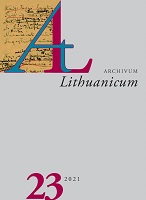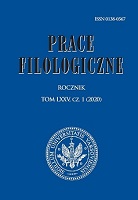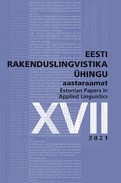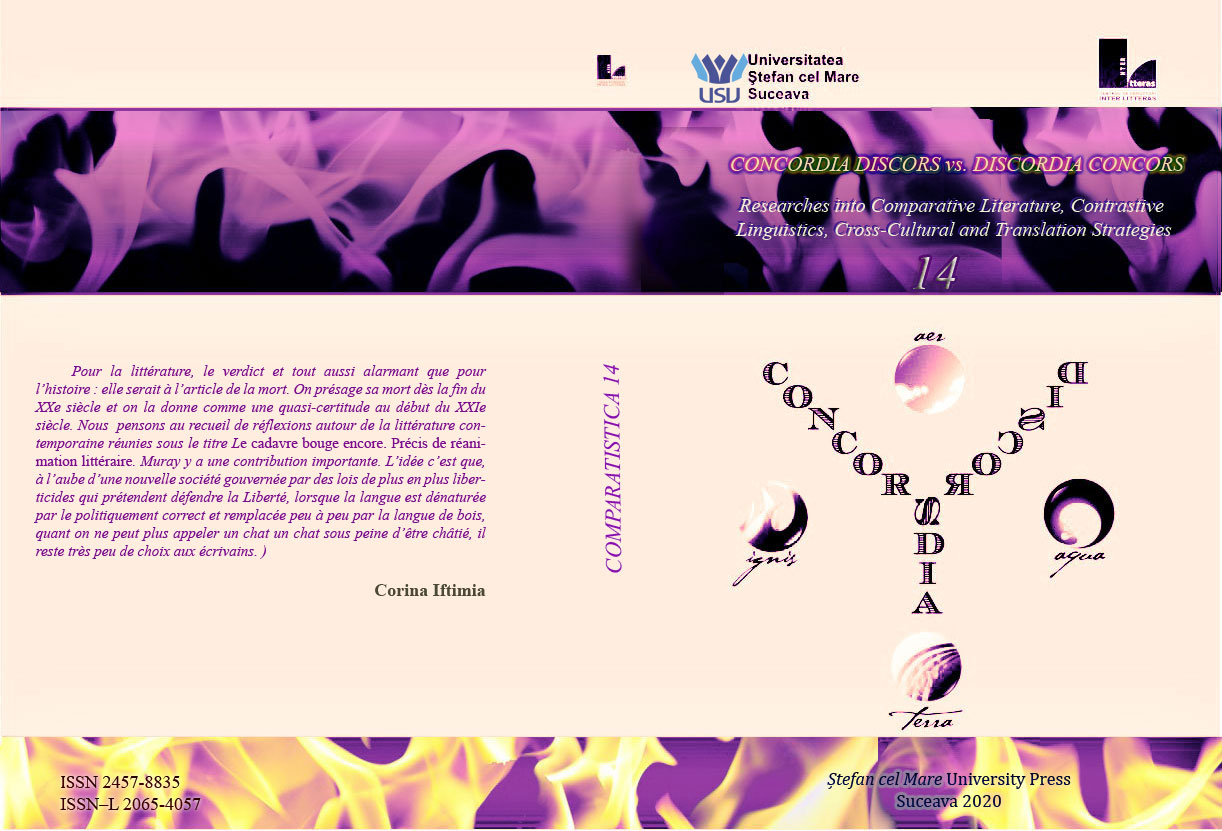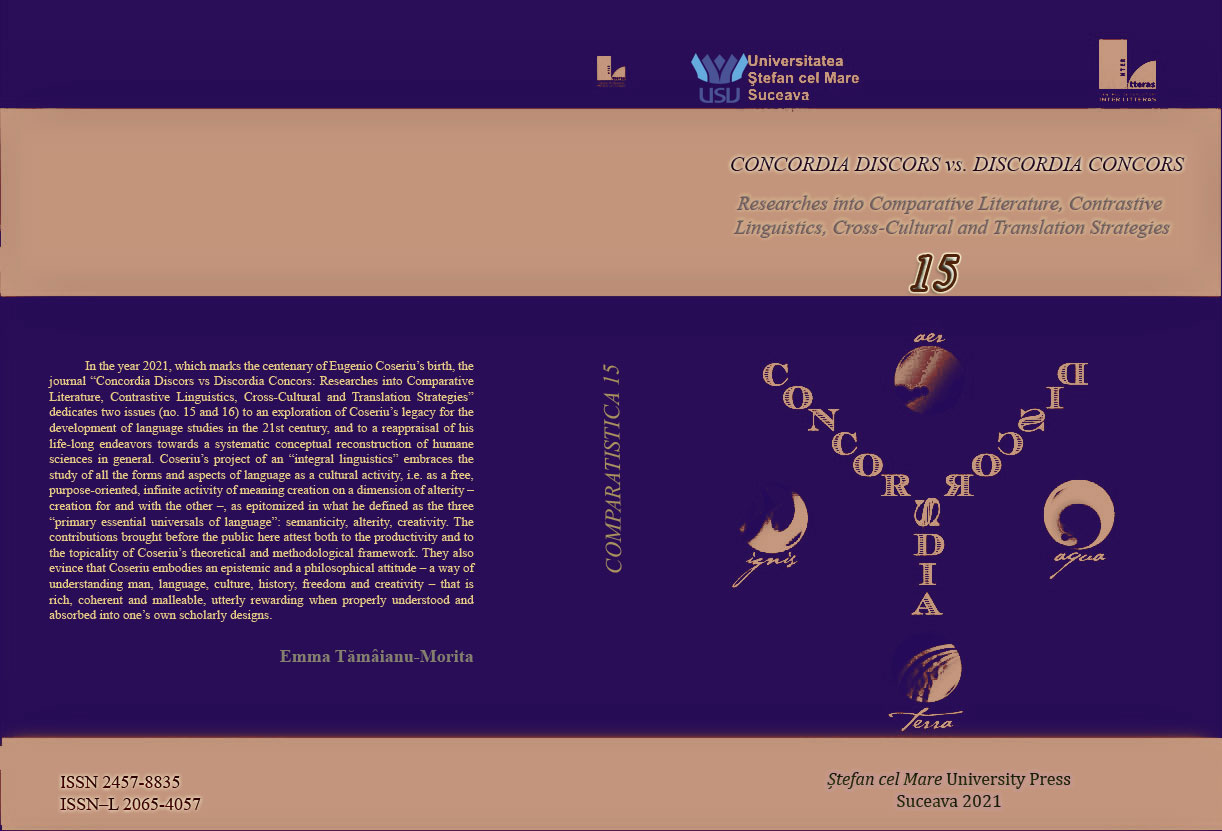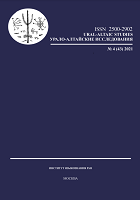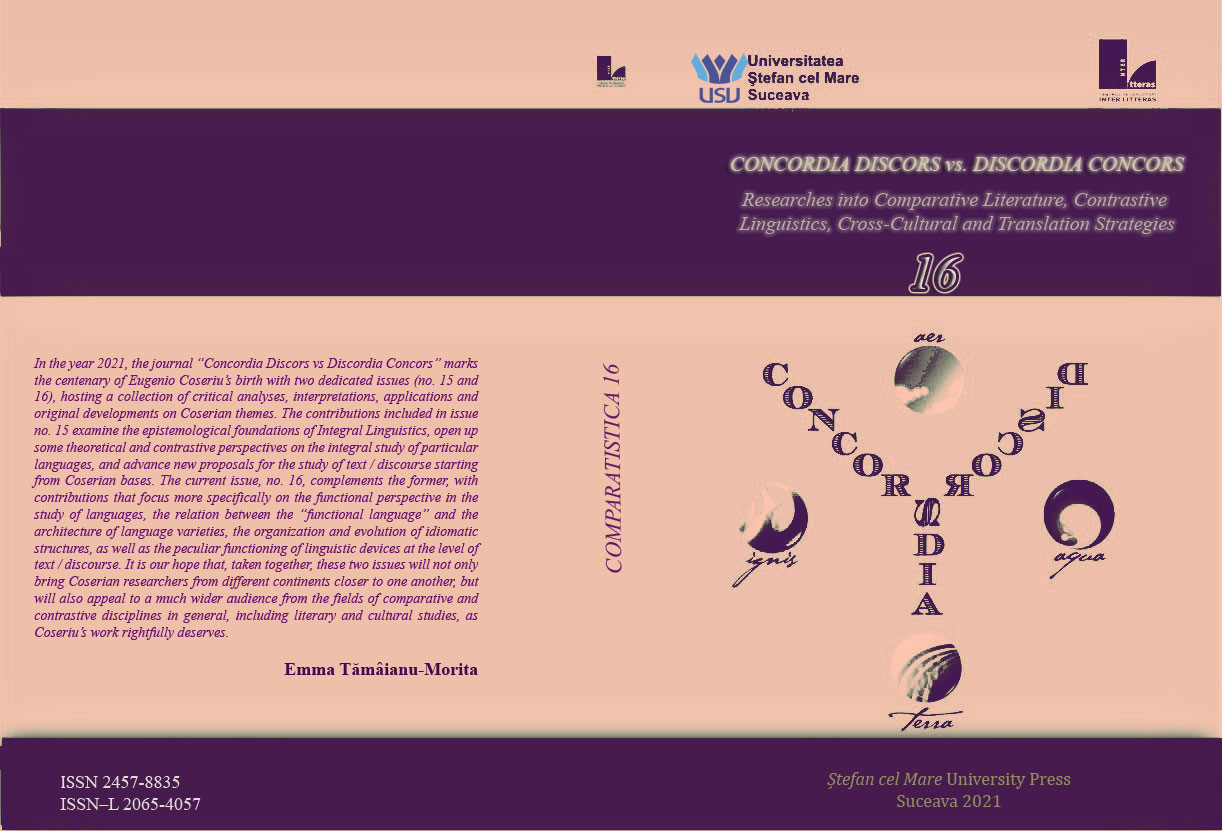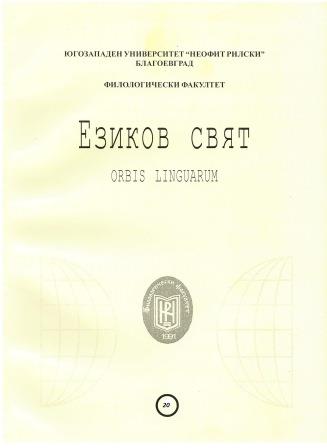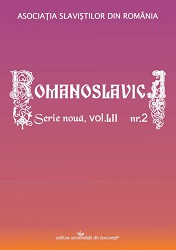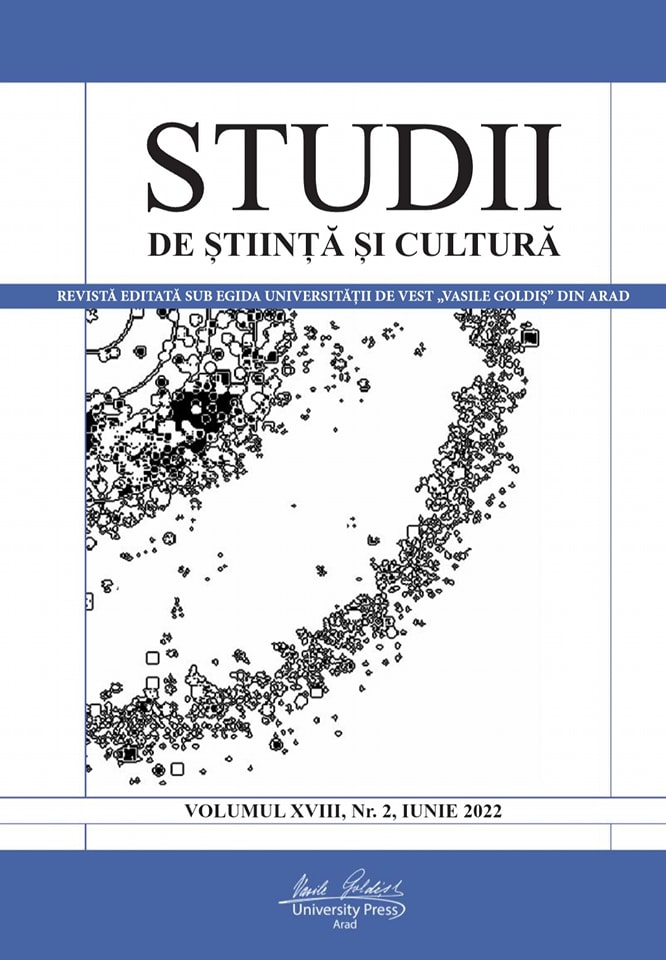Author(s): Inga Strungytė-Liugienė / Language(s): Lithuanian
Issue: 23/2021
Johann Arndt (1555–1621), the German theologian and next-generation religious reformer is the author of the uniquely successful prayer book titled Paradiesgärtlein (Magdeburg, 1612). The first known Lithuanian translation of Arndt’s Paradiesgärtlein appeared in early 19th century in Prussian Lithuanian. It was published in 1807 by the widow of Gottlieb Lebrecht Hartung, a printer from Königsberg. This article aims to reveal the history of revisions of six prayers from Johann Arndt’s Rojaus Darǯelis (The Garden of Paradise) that were first published in Königsberg in 1807. The goal is to show the revision trends and content transformations Arndt’s texts underwent in the second, 1816 Königsberg edition of Rojaus Darǯelis, the 1816 Tilsit edition, and the unofficial 1817 conventiclers’ (Lith. surinkimininkai) hymnal Wiſſokies Naujes Gieſmes arba Ewangelißki Pſalmai (Tilsit). The analysis of the prayers has shown that the language of the hymnal Rojaus Darǯelis (Königsberg, 1807) is rather grounded on the standard of the official ecclesiastical and philological papers of Prussian Lithuania: the prevalent southern subdialect of the Western Aukštaitians of Prussian Lithuania. It is dominated by rather stable normative elements of morphology and diacritic orthography, as evidenced in the philological written works of the period: the grammars of the Lithuanian language by Gottfried Ostermeyer (1791) and Christian Gottlieb Mielcke (1800). The only identifiable non-grammatical orthography trait is the ending -ęs that sometimes appears in the acc. sg. endings of feminine adjectives, pronouns, and numerals. A comparison of the prayers from Rojaus Darǯelis that were published in Königsberg in 1807 and in 1816 has revealed that the texts had remained stable and free from major or significant revisions content-wise. This edition is even more consistent in its placement of the stress-marks than the one before. Efforts are made to keep up with the standard trend of spelling and language that prevailed in the official printed texts (grammars) of Prussian Lithuanian. It has been established that the making of the new edition of Rojaus Darǯelis published by the printing house of Johann Heinrich Post in Tilsit in 1816 relied on the Königsberg edition that had been released earlier that year. This is evidence in the morphological and lexical revisions that had been carried over. Structurally, the prayers in the 1816 Tilsit edition had remained intact. There were a little bit more orthography and syntactic differences compared to the 1816 Königsberg edition. It is probable that the Tilsit edition had had an effect on the preparation of Arndt’s prayers that were later featured in Wiſſokies Naujes Gieſmes arba Ewangelißki Pſalmai, a hymnal by Kristijonas Endrikis Mertikaitis (Tilsit, 1817). Nonetheless, it is the 1816 Königsberg edition (or the prior 1807 edition) that is to be considered the original source of the prayers published in Mertikaitis’s hymnal. It was in Wiſſokies Naujes Gieſmes arba Ewangelißki Pſalmai by Kristijonas Endrikis Mertikaitis (Tilsit, 1817) that Arndt’s prayers underwent the greatest extent of transformation. Contrary to the Königsberg or Tilsit editions mentioned in this article, this edition is teeming with differences on all sorts of levels: orthography, phonetics, morphology, lexis, word formation, and syntax. Analysis of the relationship between the sources shows that Mertikaitis’s hymnal did not try to follow the widely recognised grammatical usage. This unconventional approach most probably was the product of Mertikaitis’s savvy of the period language and lack of literacy. It is worth mentioning that Mertikaitis was not a man of academic or spiritual elite, but rather a vibrant preacher of the home-prayer service and schoolteacher who tended to pastoral care, matters of saving his own soul and those of the others as well as eternal life, someone who did not see making language more grammatically correct and standard-compliant as an important part of his earthly concern.
More...

